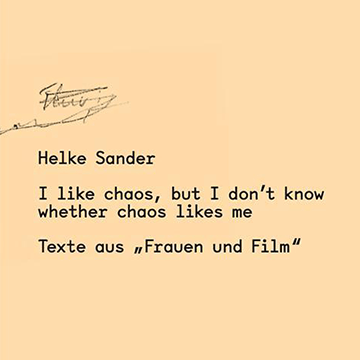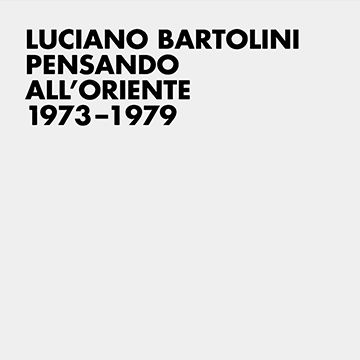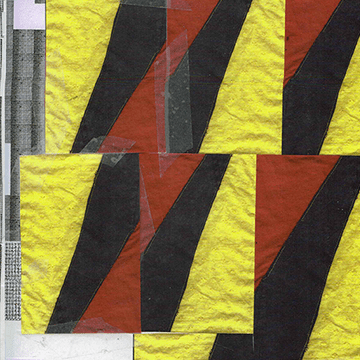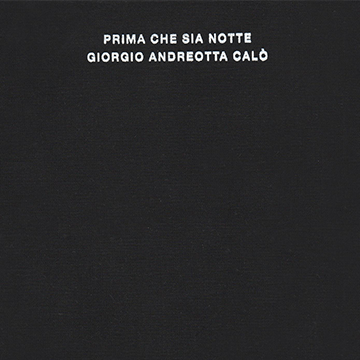Majnoon is an oil field in the global south. Majnoon is also the violence, and the state of mind that survives the violence. How can this be a field guide in any customary sense? Latitudes have been taken. Words are written in disruptedor troubled syntax. Rather, this book proceeds alongsidea search for what many call emancipatory practice; to beenacted in the field, where we feel most alive.
Tag: monograph
Text in Public – Zine Performances and Rants
Text in Public – Zine Performances and Rants is the first monograph of writing by visual artist Emma Wolf-Haugh interconnecting performative works, performance scripts and assemblage texts.
Afro-Sonic Mapping
From his longstanding engagement to “un-mute” colonial sound collections captured during the European colonial period, Satch Hoyt’s practice has been dedicated to intervene those collections and awake their sonicity, releasing phonogram recordings and instruments of different regions in Africa from the museological silence. For Hoyt, the sonic opens a portal to the acoustic mappings of history – testimonies of enslavement, resistance, empowerment and liberation, and also the amalgamations of today and the future.
wir sind die feder in des schreibers hand, wohin wir gehen, ist uns nicht bekannt Farkhondeh Shahroudi
This is the first monographic overview publication of the work of Farkhondeh Shahroudi. Long overdue, but in the accurate context of the Hannah Höch Support Award, which the artist received on the 1st of November 2022 in Kupferstichkabinett Museum Berlin, generously supported by the Senate Department of Berlin for Culture and Europe.
Lerato Shadi
We are delighted to be able to introduce Lerato Shadi’s first monograph. In her work, it is the marginalized that Shadi puts centre stage, negotiating bodies discriminated against in racist, sexist or classist ways, along with the experiences inscribed in them. Employing different media, Shadi addresses issues of institutional violence, patriarchal and colonial strategies of exclusion and erasure but also highlights resistant subjective narratives.
Holes Dug, Rocks Thrown
'Holes Dug, Rocks Thrown' is the first comprehensive presentation of the artist Line Skywalker Karlström's work. It documents a practice, that over a period of more than twenty years have been committed to 'queer feminist world making' using a performative and embodied approach.
Helke Sander: I like chaos, but I don’t know, whether chaos likes me
Die monografische Publikation „Helke Sander: I like chaos, but I don’t know, whether chaos likes me“ umfasst Texte aus „Frauen und Film“, der ersten feministischen deutschsprachigen Filmzeitschrift, die 1974 von Helke Sander gegründet und herausgegeben wurde. Die für die Publikation ausgewählten Texte fokussieren zentrale Fragestellungen der feministischen Filmarbeit, ökonomische sowie recht-liche Bedingungen und vor allem deren strukturelle Bedingtheit in gesellschaftlichen Verhältnissen und ihre radikale Kritik daran.
Pensando All’Oriente 1973–79
This publication was made in collaboration with Archivio Luciano Bartolini, which since 1994 – the year of the artist’s death – has conducted careful research for the conservation and cataloguing of his works. Created in parallel with the volume Firenze 1977 it takes a position of ideal continuity with the essay by Paolo Emilio Antognoli Viti, accompanying the historical-critical recontextualization of the figure of the artist with an important tool of documentation on his work from 1973 to 1979.
Da Cauda à Cabeça
Published on the occasion of Carla Filipe’s show da cauda à cabeça (from tail to head), this monograph, the first ever dedicated to the artist, focuses on the project presented at Museu Coleção Berardo, with an essay by the curator Pedro Lapa, and a comprehensive documentation of the show. It also refers to a number of previous projects selected or especially created by Carla Filipe. The book features additional texts by Vít Havránek and Pedro G. Romero, and an interview with Stephan Dillemuth, contextualize both the artist’s work and this project in particular, which summarises to some extent the artist’s investigation into Portuguese railroads. The publication was conceptualised by Carla Filipe in close collaboration with Gonçalo Sena, who also designed it.
Prima Che Sia Notte
This monograph has been published in connection with the MAXXI’s Premio Italia Contemporanea prize that Giorgio Andreotta Calò won in 2012 and was developed in collaboration with him focusing on his installation Prima Che Sia Notte. The work of Calò — performative and ephemeral — rests at the intersection of art and architecture. He intervenes on buildings and landscape, appropriating and transforming architecture and space into symbolic and aesthetic experiences. His most significant works include a series of walks that took him 1,600 miles through France, Spain, and Portugal, or 98km along the abandoned coastal train line in Lebanon, or the appropriation of the abandoned parliament building in Sarajevo which he illuminated from sunset to sunrise with an artificial light.









